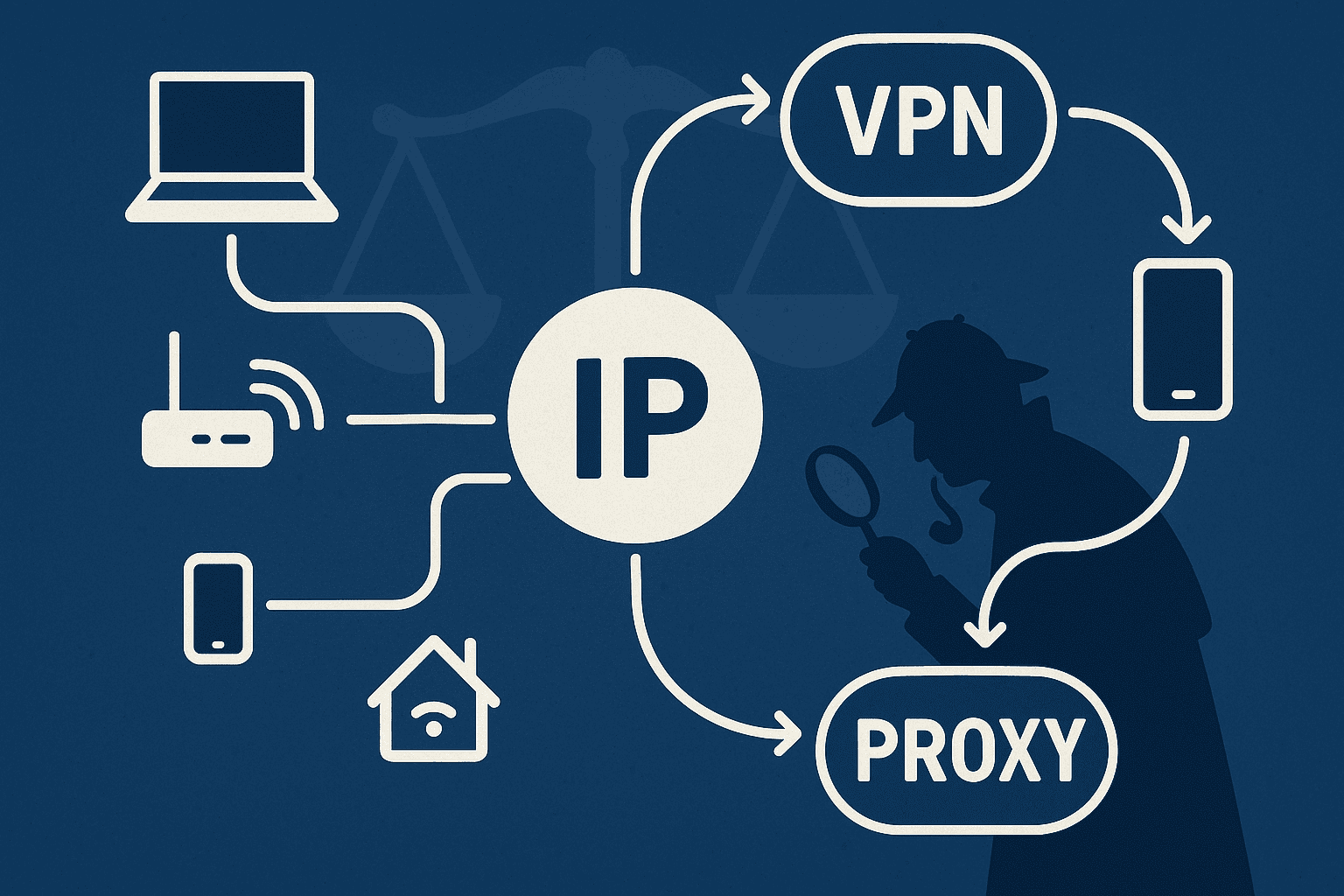A crucial source of evidence on Windows computers that often goes overlooked is ThumbCache database forensics. As a criminal defense lawyer, you understand the weight that digital evidence carries in legal cases. These files can offer a surprising depth of information, even about files that may have been deleted. A strong defense strategy necessitates understanding the forensic implications of ThumbCache, as well as its limitations.
ThumbCache: The Basics
Windows computers have a helpful feature called ThumbCache. It's designed to make your client's user experience smoother. Think of it like a hidden photo album storing tiny previews (thumbnails) of images, videos, documents, and other files. This allows folders to load quickly with visual previews, rather than generic file icons.
The image below shows Windows File Explorer showing the thumbnails that correspond to the files in the "Stock Images\Boat" directory. The view menu is used to select the desired size of the Thumbnails.

The forensically important part is this: even if a file is deleted, its thumbnail might remain within the ThumbCache. It's like a fingerprint left behind, potentially revealing a file's prior existence.
What ThumbCache Can Tell Investigators
By analyzing ThumbCache databases, investigators may be able to prove that specific files, even deleted ones, were present on a computer; the implications of this evidence, whether incriminating or exculpatory, hinge entirely on the specific case.
Limitations of ThumbCache Analysis
It's important to understand that ThumbCache analysis has limitations:
- No Timestamps or Path Data: ThumbCache files themselves do not contain metadata about the original file such as when it was created or modified, size, its location on the filesystem, or even the original filename. However, this data may be available by mapping to a Windows Search database.
- Overwriting: ThumbCache databases have a limited size. As new files are viewed, older thumbnail entries may be overwritten, leading to evidence loss.
- Interpretation Challenges: Thumbnails may not perfectly represent the original file. Thumbnails of images and videos are a square, scaled down version of the original. There are scenarios where a thumbnail's presence doesn't guarantee a user interacted with the original file.
Expertise is Essential: Why You Need a Digital Forensic Analyst
- Specialized Tools: ThumbCache files aren't user-friendly. Accessing them, let alone interpreting the raw data, requires specialized forensic software and knowledge.
- Contextual Analysis: A digital forensic analyst can help you understand the significance of ThumbCache evidence within the broader context of your client's case and factor in any limitations. They may also uncover other relevant digital evidence or weaknesses in the prosecution's analysis.
Lucid Truth Technologies: Your Resource for Digital Defense
At Lucid Truth Technologies, we specialize in thorough and accurate digital forensic analysis, including the examination of ThumbCache databases. Our team is committed to providing criminal defense lawyers with the knowledge necessary for the best possible client outcomes in the digital age.
Don't Overlook ThumbCache Evidence
If you have a case where the contents of a Windows computer are in question, don't underestimate the potential impact of ThumbCache analysis. Contact Lucid Truth Technologies for a confidential consultation. We'll help you determine if and how these hidden files might be a factor in building a robust defense for your client.





